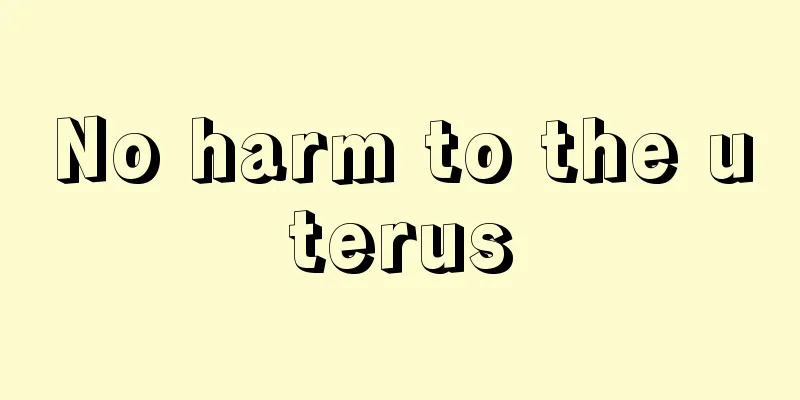What happens if there are blisters on the cesarean section scar?

|
After a caesarean section, the mother's body is very weak and her resistance is very poor at this time, so comprehensive care is needed, especially wound care is very important. Improper care can lead to infection, which will cause greater harm. In addition, during the scar recovery process, some people may have blisters on their scars, which needs to be taken seriously and the following reasons should be considered. What happens if there are blisters on the cesarean section scar? Blisters on surgical wounds may be caused by excessive skin tension, which is normal. You can take anti-inflammatory drugs to prevent wound infection. If there are blisters accompanied by redness and swelling, it is considered to be caused by local allergies and infection should be prevented. If tape or Band-Aids have been used, it is an allergic reaction. We must pay close attention to this situation. It may be an infection inside. If you are fat, it may be fat liquefaction. You need to go to the hospital for treatment. Guidance: I suggest you go to the obstetrics and gynecology department of the hospital and find the surgeon at the time and ask him to take a look. It may be a knot reaction, fat liquefaction or other infection. But in short, it needs to be taken seriously. It is definitely an infection and needs to be treated in time. In this case, it is considered that the area where the cesarean section incision is bubbling and pus is flowing is infected, resulting in local difficulty in healing. Guidance: Recommendation: As the wound is getting deeper, the best way is to see a doctor as soon as possible and have the doctor perform professional treatment, including debridement, disinfection, etc., and decide whether a second suture should be performed based on the specific situation? Pus began to flow from the cesarean section wound, and the wound became deeper and deeper. It is possible for complications of the surgical incision to occur during cesarean section. Most of the time, there are two situations. One is caused by liquefaction of fat at the surgical incision. One is caused by surgical incision infection. The former is the necrosis and liquefaction of adipose tissue, and the latter is caused by bacterial infection (the cesarean section incision is a Class II incision, that is, a contaminated incision). Guidance: According to the description, the surgical incision was dehiscent. Regardless of the above situation, the final treatment method is similar. First, the dressing and drainage treatment are performed. After the granulation tissue has grown well, the doctor will assess the size of the incision and decide whether to allow the incision to heal naturally or perform a secondary suture. |
<<: How long does it take for a cesarean section scar to heal?
>>: Signs of toxins in women's livers, don't ignore these areas
Recommend
Can pregnant women take calcium carbonate tablets?
After a woman becomes pregnant, she generally nee...
What should I bring with me when I give birth? What should I prepare when I go to the hospital for delivery?
We all know that when a woman's pregnancy rea...
Toothache during confinement
During the confinement period after giving birth,...
Woman has dull pain in lower abdomen
In daily life, when women are busy taking care of...
Will I lose weight during early pregnancy?
Generally speaking, women's weight will incre...
Drinking these two drinks regularly is good for your eyes and brain! Some people drink them every day.
Friends, do you need a cup of coffee or tea every...
People with allergic asthma should not eat these seven types of food
I believe that people with asthma are in pain. Th...
What are gynecological bacteria?
Gynecological bacteria refer to the bacteria pres...
Exploring the unique role of PETCT in clinical practice
Introduction: When we encounter suspected recurre...
What's the matter with bleeding after more than ten days of menstruation?
Menstruation is very important among various phys...
Eating too much oil has many disadvantages! 7 tips to help you control oil and reduce fat
As the saying goes, the seven necessities of life...
Why does yeast recur after menstruation?
Many women have problems with fungal infections, ...
What's wrong with my period having blood clots?
Adult women normally have their menstrual period ...
What to do when you have eczema on your face during pregnancy
Pregnant friends also need to pay attention to ma...
What is the difference between pistachios and ginkgo nuts? Tips for choosing pistachios
Pistachio kernels are highly nutritious foods and...









